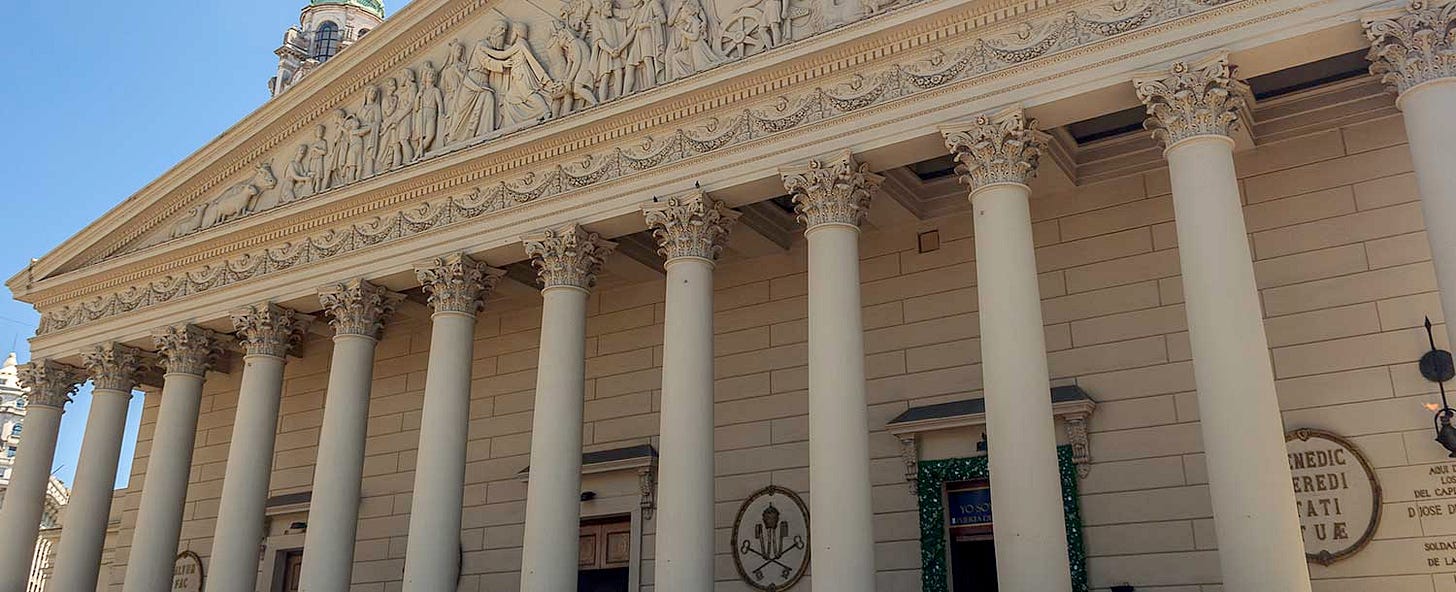Why does Buenos Aires have so many auxiliary bishops?
Or should we really be asking if seven is not enough?
Pope Francis last week appointed three new auxiliary bishops for the Archdiocese of Buenos Aires, where he served as archbishop before becoming pope in 2013.
The June 19 appointments bring the archdiocese’s episcopal headcount to seven auxiliaries — eight bishops total, including the archbishop.
But Buenos Aire…

